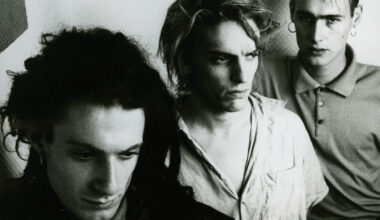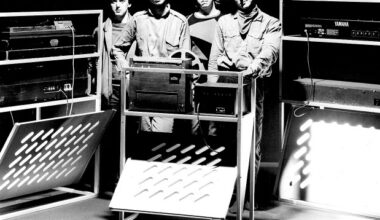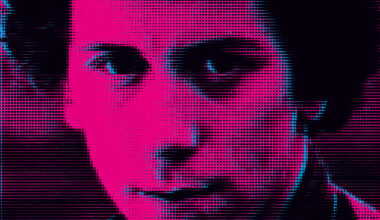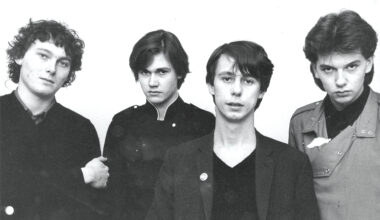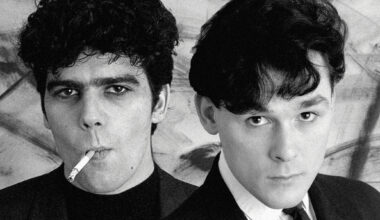Gerald Simpson casts his mind back to 1988 to give us the inside story on the making of the seminal UK acid house track
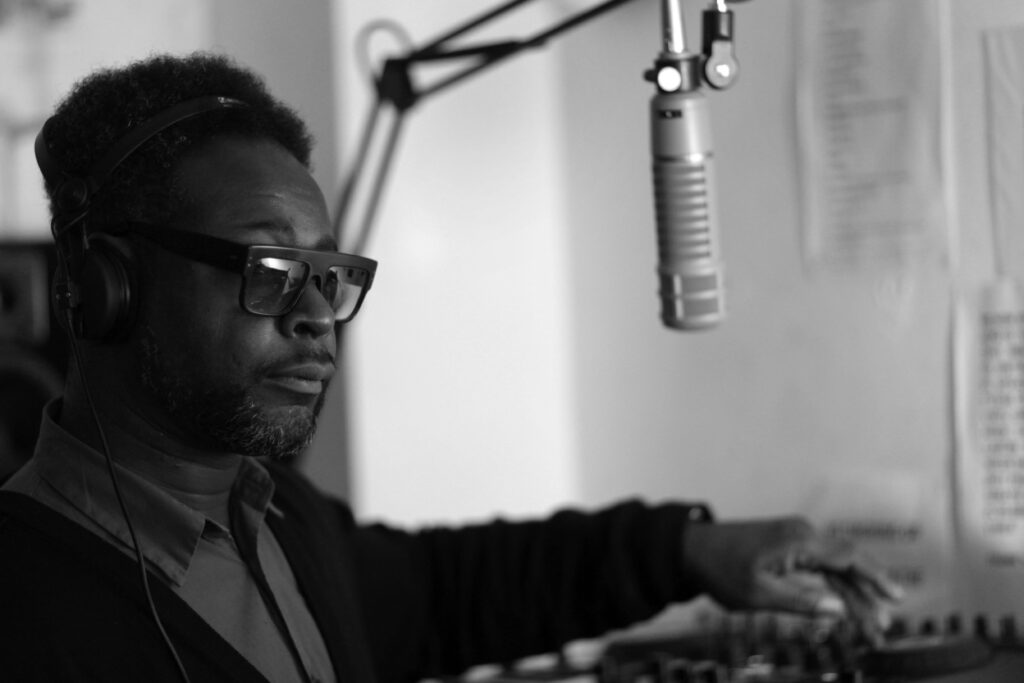
‘Voodoo Ray’ came out in 1988, around the time that the northern soul crew were really bad-mouthing the Roland TR-808 drum machine, saying it was soulless. We were using one in 808 State, of course, but I was pushing myself to not sound like that, to not actually sound like a machine, because I wanted to give the music that I was making on my own a new kind of dynamic. I wanted to create an experience for the ears and to push the machines to do more than traditional instruments could.
As a dancer, musicality is an important element for me, but the technology itself was inspiring too. My parents encouraged me to play instruments and we had a piano at home – but the technology was like a new toy to me. It seemed that with, say, an electronic piano, you could get so much more than just the traditional sounds out of the instrument. You could get textures and they could become part of something else. I was also sampling everything I could off the radio at the time – there was no law against it back then. And all the while I was increasingly determined to become a master of the machinery I was using.
Rham! Records from Liverpool got in touch with me after hearing my demos on local radio and they invited me to go to the Moonraker Studio in Manchester. It was my first time in a proper studio with an engineer and everything – although the guy didn’t have to do very much except brew up now and again, which he thought was brilliant. It was a steep learning curve for me, but that was part of the thrill and I was only further motivated by that.
A lot of the time in there, I was discovering how to do stuff as I went along – track laying and multi-track recording and how the desk works – and that was all really exciting. So I wasn’t just making new music, but also teaching myself new things at the same time. I still use similar techniques today, actually. Even with the computers, a lot of the software is set up for studios, so when I’m working with a computer I kind of work in a different way to most of today’s producers and DJs.
With ‘Voodoo Ray’, I set out to make something that sounded like a futuristic jungle track and I wanted the singing to be like a chant. A lot of people think the main vocal was a sample, but it wasn’t. It was a singer called Nicola Collier and, as well as ‘Voodoo Ray’, she also did a John Peel session with me. I lost contact with her for a while when I moved away from Manchester, but we’re back in touch now and I still talk to her from time to time.
The male vocal saying “Voodoo Ray” in the track is sampled from Peter Cook and Dudley Moore’s comedy album ‘Derek And Clive (Live)’. When I got to the studio I had to change my plans a bit because there wasn’t enough space to arrange the samples in the way that I wanted them to be. So I had to dig deep into my creativity and work something out with the vocal line that would fit with the rhythm.
The sample is from the ‘Bo Duddley’ sketch, which for me was really taking the piss out of black music and black cultures. When I made this record, I was 20 years old, I’d just left home, I was seeing the world through the eyes of a young black man, and I found this Derek and Clive skit extremely offensive. So the idea was to put it into a piece of music that would give everyone a chance to hear how others make a mockery of black people. I grew up understanding and being interested in voodoo, so I had no reason whatsoever to mock it myself.
When the record first came out, Rham! only pressed up 500 copies and it sold out in a day. The label were in a panic about it. Nothing had ever happened like that before for them. And it changed everything for me, of course. I was just starting to build a little recording set-up for myself at home, but after ‘Voodoo Ray’ I got deeper and deeper into studio stuff. With what was happening in music back then, acid house and so on, it was an important time and I was pretty lucky to be a part of it.
